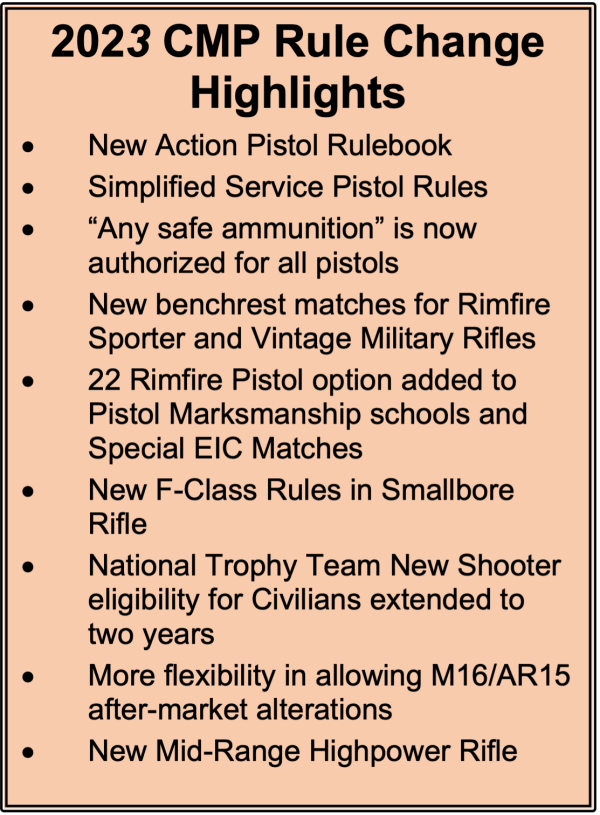Advantages of Handloading
By Glen Wunderlich
Funny thing about this extraordinary winter weather: it’s just not funny anymore! I realize, Mother (as in Nature), that I had asked for you to “bring it on.” Certainly, it’s all my fault, but enough already. I’ve learned my lesson. Next time I submit a request for a dose of bitterness, I’ll be sure to add an all-important caveat: and end point!
So, what’s a hunter to do? Simple. Prepare for better days. And, to me that means cranking out some custom, handloaded ammo.
If ever there has been rationale for the do-it-yourselfer to get in the game, it’s now. The ammo shortage may have eased up a bit, but a quick check with one of my favorite suppliers, www.MidwayUSA.com, shows little improvement in availability. And, those prices for loaded ammo have gone through the roof, if you can find what you want, that is.
For example, one box of factory .22 Hornet ammunition will set you back over a dollar per round. And, that’s for stuff I’ve never even tried. If it wouldn’t be able to perform to expectations, I’d be out over $50. There’s nothing special about the components in this caliber that make the ammo more expensive than others; it’s merely supply and demand. In fact, the tiny bit of powder and small bullets make this a textbook candidate to handload.
This is a perfect illustration of the dilemma facing the average shooter. At these rates, the initial investment in tools and supplies is making more sense all the time. There’s much more to it than payback; there’s an undisputable payoff in performance.
One of my next loading sessions will involve finding a suitable load for an upcoming predator hunt in Arizona. The firearm I’ve chosen for the adventure is a single-shot, break-open NEF Handi-Rifle in .223 caliber. What makes the challenge interesting is the type of optic on the firearm: A Michigan-made holographic EOTech sight.
Most people may not think of a non-magnified sight as optimal for any type of long-distance shooting, but this particular high-end, military-grade apparatus is specifically designed with two aiming dots in the reticle. The center dot allows for the flat-shooting projectile to hit its mark at 50 and 200 yards. However, the second aiming dot, which is set lower on the reticle, will put the same bullet on target at 500 yards – not that I would attempt such a hail Mary. It wouldn’t be ethical, because the sight is not designed for such small targets as I will pursue.
However, for those that would want to push the limits of the design, a particular bullet weighing 62 grains traveling at a specific velocity is required. Since nothing is currently available in factory ammo, an accomplished handloader can duplicate the load through a bit of experimentation involving a relatively inexpensive chronograph (a device that measures bullet velocity).
It doesn’t end there, though. Not only would a handloader be able to match variables to equal factory ballistics, but he could tweak the overall length of the cartridge to optimize accuracy – something impossible with expensive factory stuff.
Now, if that wind would settle down and I get the feeling back in my fingers, I’ve got some testing to do.






